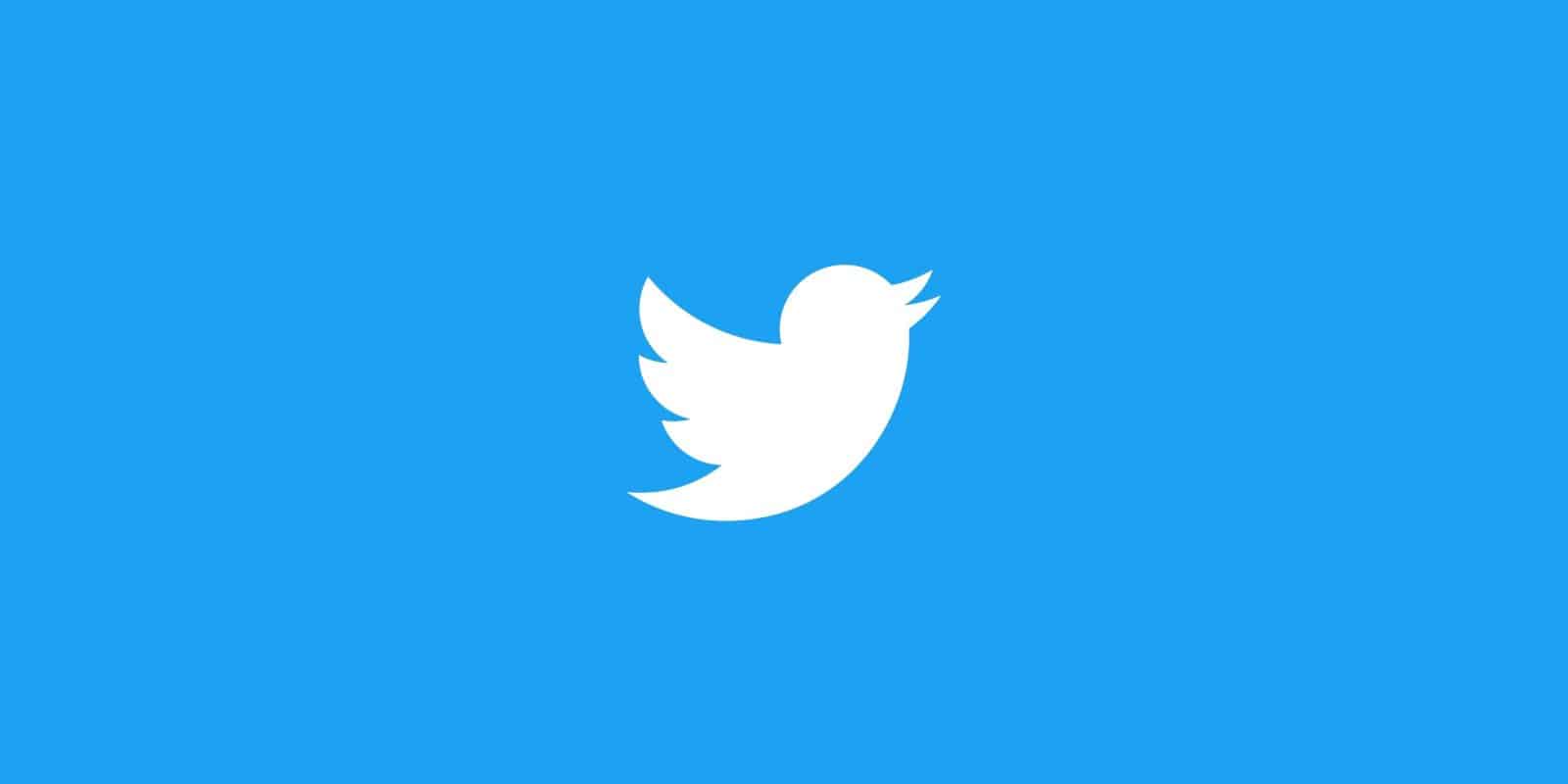-
The company caved in to demands for gender equity space on social media site
-
Arabic verbs and adjectives have both masculine and feminine forms
Caving in to demands of female users for more gender-equity space on social media, Twitter on Wednesday unveiled a new version that allows Arabic language users to be addressed as female rather than male, in efforts to use “inclusive language” on the platform, popular in the Arab world.
Arabic verbs and adjectives have both masculine and feminine forms, including imperative verbs such as “tweet” and “explore” found on social media apps. “In some languages, such as Arabic, words can be feminine or masculine, but we’ve missed a way for people to tell us how they want to be addressed,” Twitter said in a statement.
“So today, we’re introducing a new language setting that acknowledges and better supports the Arabic feminine form.” Twitter also published a video showing tweets from female users criticizing the absence of such feminine forms on major social networks.
“We know there’s more work to be done for our service to reflect the variety of voices around the world,” it said. In a region where most traditional media carry little to no criticism of political elites, many young people have taken to social media platforms to speak more freely — a phenomenon that played a key role in the Arab Spring uprisings of 2011.







